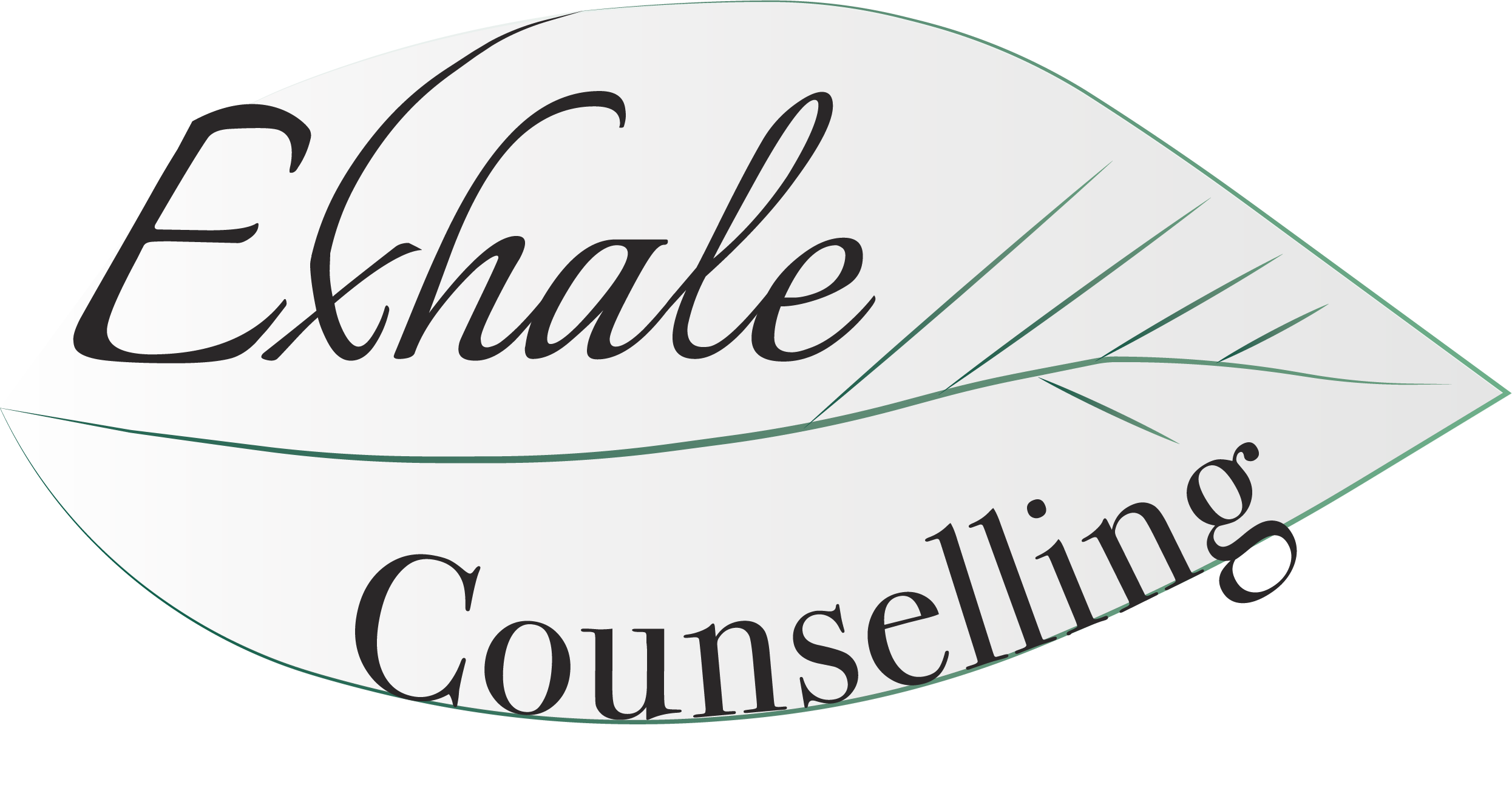Physical, Emotional and Mental Balance - Part Three
This time let’s pay closer attention to the imbalances our mind/ thoughts create. Ask yourself; how much of my time and energy is geared towards fear, judgment, anger, guilt, shame?
How many of these emotions belong to the past?
How much worry and stress are “alive and well” in my waking and sleeping time?
Am I feeling tired, overwhelmed, irritable, eating too much or too little, sleeping unrestfully, shut down? The above indicators, if answered positively, may wish to let you know that the scales are tipping towards physical, mental and emotional exhaustion, a clear sign of internal imbalance.
So, what is to do?
I find it helpful to go inside and take stock of what is going on; I may even write my observations. As I notice some of the indicators mentioned above, I acknowledge to myself “This is how you feel right now”; I do this softly, without judgment. As I do this, I am more present to myself as I am connecting with my body and what my mind generates.
If it generates judgment, I name it as it comes “here comes judgement”, sometimes many times a day.
Sometimes, as I notice it is past “stuff”, I name it as “ this is the past”; as I do this, I have some more distance from the past, the emotions and the thoughts it keeps creating and re-creating, like a hamster on a wheel; I realize more and more I wish to get off this wheel; I am able to feel more compassion for myself, which to me feels lighter and softer than fear, anger, judgment and guilt; it may even feel soothing, which is what I need when I struggle.
As I grow more confident in naming, taking distance, acknowledging and softening, I may even “scold” the mind by asking it to stop what it is doing; it does listen eventually and works with me.
I notice what my body is doing when I am on the “hamster wheel”; my heart feels heavy, my stomach is churning, my shoulders stiffen and come up to my ears, my eyes flare and harden, my mouth constricts and my jaw starts hurting. The body is magnificent in the way it lets us know what we are “feeding” it and it gives us the necessary clues for restoring the above-mentioned imbalances.
Another way of allowing the mind to slow down and rest is to soften the area in the body which carry the emotions; softening the eyes, allowing the shoulders to come down and relax; taking deep breaths into the heart and the stomach. You will be surprised when you notice that by doing this that not only you may feel lighter and more relaxed but also that the mind slowed down too, which means less judgment and its “relatives”.
I find it helpful to make this a consistent part of my day, even if it is for a few minutes at a time.
It helps to know that we are creatures of habit; the more worry, anger, judgment, etc. we generate, the more we “feed” them and the more will come our way, invited or not. Initially, we may feel discouraged that what we wish - more moments of inner peace, calmness, joy - are not happening faster. As we make more room to go inside and do the above, we create new patterns. You can name “impatience” or “disappointment with myself”as you will face them. Again, the taking stock and acknowledging is more likely to invite softness and compassion, which are a salve for our well- being. The practice will change slowly the old habits into new ones and the scales will tip back into the centre of feeling grounded, grateful to be alive and vibrant.
Blessings for health and well-being,
Lydia

